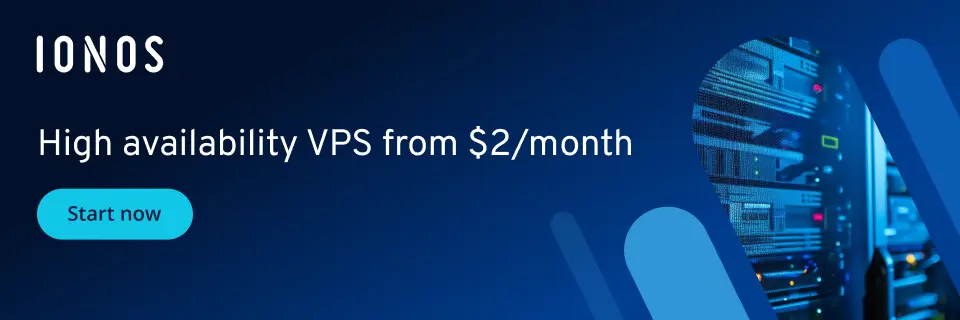What is the Intel Raptor Lake microarchitecture?
Intel Raptor Lake is a CPU microarchitecture based on a combination of performance and efficiency cores. Higher clock rates, more cache and improved multithreading capabilities ensure a significant leap in performance compared to the Alder Lake generation. Raptor Lake processors are particularly suitable for performance-intensive applications, such as gaming, and for use in dedicated servers.
What’s behind Intel Raptor Lake?
Intel Raptor Lake is the microarchitecture behind the 13th and 14th generation processors of the Intel Core series. It’s based on the hybrid design of Alder Lake (12th generation) and combines powerful performance cores (P-cores) with energy-saving efficiency cores (E-cores). The former are also referred to as Raptor Cove performance cores, the latter as Gracemont efficiency cores.
Compared to the Alder Lake architecture, Intel Raptor Lake offers a considerable increase in performance, although this is not based on a fundamentally new concept, but on various improvements. For example, Raptor Lake processors benefit from a higher number of cores, a higher clock rate, increased cache capacity and improved multithreading capabilities. The following overview summarizes the most important innovations:
- Up to 24 processor cores (8 P-cores plus 16 E-cores) and 32 threads
- Improved cache architecture of the performance and efficiency cores
- Raptor Cove cores with up to 600 MHz higher clock frequency
- Extended hybrid service architecture
- Support for DDR4 and DDR5 RAM (up to DDR5-5600)
- Higher L2 cache and L3 cache


What are the advantages and disadvantages of the Intel Raptor Lake microarchitecture?
Advantages of Intel Raptor Lake:
- Improved performance: Raptor Lake records significant performance gains over the Alder Lake generation for both single-core operations and multithreading. This is particularly noticeable in computing-intensive applications.
- Compatibility with existing mainboards: The Intel Raptor Lake architecture is designed for 700 series motherboards. However, 600 series chipsets are also compatible as the mainboards have an LGA1700 socket.
- Support for modern memory technologies: The architecture supports the latest standard with DDR5 RAM, which enables high memory bandwidth and improves system performance.
Disadvantages of Intel Raptor Lake:
- High power consumption: The high-end models of the Raptor Lake series in particular have a relatively high energy requirement, which can lead to higher operating costs, especially at maximum utilization.
- Stability problems: The Core i-13000 and Core i-14000 processors sometimes experience instability issues due to excessive CPU voltages causing premature aging effects. Intel has provided a microcode update to counteract the problem. In addition, the warranty for affected models has been extended by two years.
What’s new with Raptor Lake Refresh?
Raptor Lake Refresh is an optimized version of the original Intel Raptor Lake architecture. The refresh is characterized by a revised cache structure, support for more modern standards for wireless data transmission and higher maximum clock rates, among other things. The most important new features are:
- Wi-Fi 6, Bluetooth 5.3 and Thunderbolt 4 with 40 Gbps (the features can be upgraded using expansion cards)
- Higher maximum clock rates
- Core i7:
- L2 cache increases from 24 MB to 28 MB
- L3 cache increases from 30 MB to 33 MB
- Up to 8 P-cores, 12 E-cores and 28 threads
How stable are Raptor Lake processors?
In general, Intel’s Raptor Lake processors are considered stable and reliable — especially compared to previous generations. Thanks to the optimized hybrid architecture and improved Intel 7 manufacturing processes, they offer solid performance for different application areas.
However, as already mentioned, Core i-13000 and Core i-14000 processors sometimes struggle with stability problems caused by an error in the processor firmware. In August 2024, Intel distributed a microcode update 0x129 to motherboard manufacturers to ensure that the voltage no longer exceeds 1.55 V in future. Nevertheless, manual overclocking is still possible.
Which applications are Intel Raptor Lake processors best suited to?
Intel Raptor Lake processors are suitable for a wide range of applications. Their configuration with performance and efficiency cores enables flexible adaptation to different areas of application. These include:
- Gaming: Intel Raptor Lake series processors offer excellent performance for the latest games. A smooth gaming experience is guaranteed even with graphics-intensive games.
- Content creation: The Raptor Lake CPUs are ideal for creative applications, such as video editing, photo editing and 3D rendering. The improved multithreading performance accelerates computationally intensive applications and significantly reduces rendering times.
- Office applications: While the P-cores take over more demanding processes, the E-cores ensure the smooth execution of simple office and internet applications, which contributes to an improved workflow.
- Mobile workstation: The mobile variants of the Raptor Lake processors — especially the HX series — offer desktop-like performance in laptop form factors.
- Dedicated server: Companies that use dedicated servers with Intel Raptor Lake benefit from a powerful, stable and scalable server solution that can be used for a wide range of workloads.
- Intel Xeon E Raptor Lake
- Enterprise hardware
- Configurable hardware equipment
- ISO-certified data centers
What are possible alternatives to Intel Raptor Lake processors?
Possible alternatives to Raptor Lake processors can be found both within the Intel portfolio and from the competition. The company’s own alternatives include:
- Intel Alder Lake: The previous generation of Intel’s Raptor Lake has a slightly lower clock rate and less optimized cache structures, but is cheaper.
- Intel Meteor Lake: Although Raptor Lake serves as a refresh for the 14th generation, Meteor Lake marks Intel’s first use of a tile-based architecture, where tiles function as multi-chip modules. This new design is primarily optimized for mobile platforms.
- Intel Xeon: The Xeon CPUs are primarily designed for data centers, enterprise applications and cloud servers. They combine high performance with high efficiency and flexible scalability.
Dedicated servers with Intel Raptor Lake are available from IONOS. You can find out exactly what these are on the product page for Intel servers.
Products from AMD and NVIDIA are also available as alternatives to Intel’s Raptor Lake:
- AMD Zen 5: AMD’s new Zen 5 architecture was only introduced in mid-2024 and represents a powerful alternative to Raptor Lake.
- NVIDIA Hopper: The Hopper GPUs were designed to accelerate complex AI and high-performance computing (HPC) workloads. Currently, two GPUs based on the innovative Hopper architecture are available: the NVIDIA H100 and the H200.

